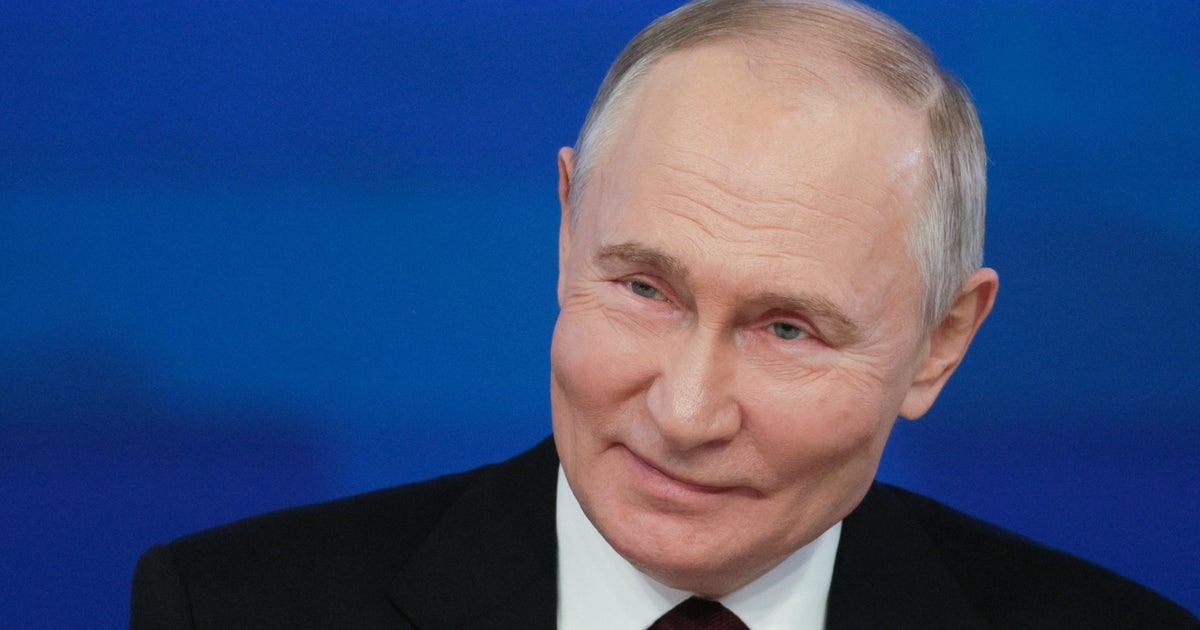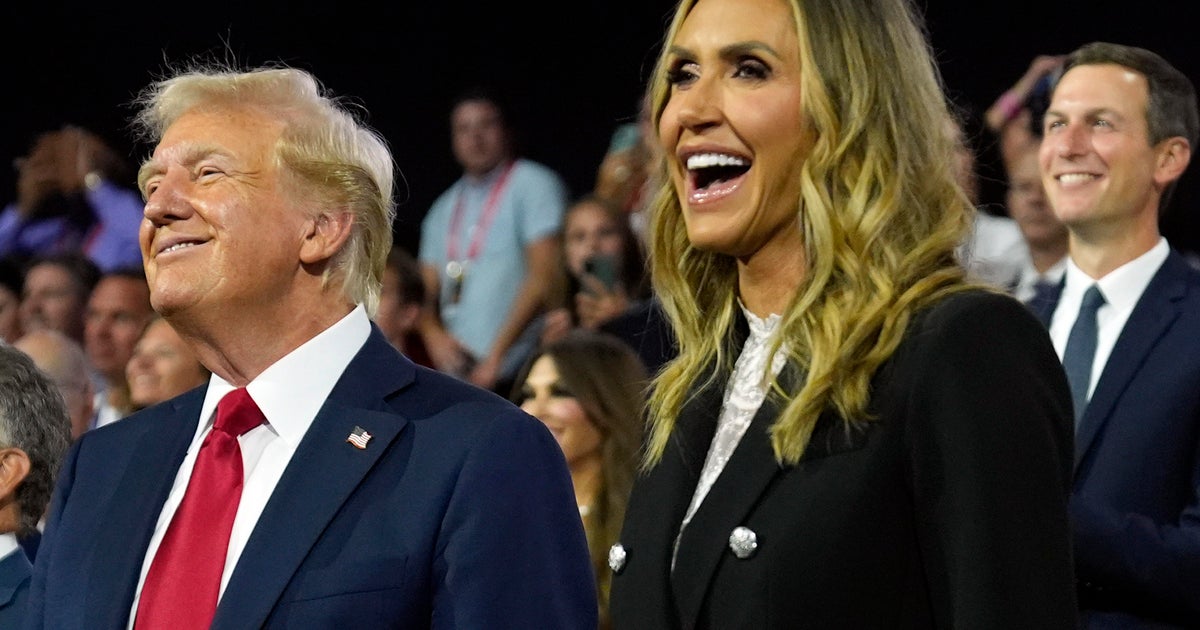Top U.S. counterintelligence official praises whistleblower protections as espionage threats intensify
Strong whistleblower protections for intelligence community employees can help stem potential espionage threats from the country's top adversaries, according to the nation's most senior U.S. counterintelligence official. He weighed in amid attacks by President Trump and his allies against an anonymous intelligence community whistleblower who has filed a complaint involving Mr. Trump.
"As head of counterintelligence, I want to advocate for the Whistleblower Protection Act," Bill Evanina, who has served as director of the National Counterintelligence and Security Center (NCSC) since 2014, said this week. "We do believe this is a viable, productive legislative act that we encourage employees in the intelligence community to utilize to be able to facilitate their frustration or identification of waste, fraud and abuse."
The Intelligence Community Whistleblower Protection Act, passed in 1998, established a process for intelligence officers to relay matters of "urgent concern" to the intelligence community's inspector general, who, after a review, may ask the Director of National Intelligence (DNI) to pass them to Congress.
"I would much rather have a whistleblower give that information to the DNI than give it to the Russians or Chinese or Iranians," Evanina said. He declined to address previous remarks made by President Trump that a whistleblower complaint now fueling an impeachment inquiry in the House was informed by "spying" in the White House.
"I would refer you to what's already been said out in the public" about the complaint, he said.
Evanina spoke to a handful of reporters on Tuesday at the NCSC headquarters in Bethesda, Maryland, where he and a small team were unveiling a newly built "Wall of Spies" museum. Its exhibitions showcase the accounts of 135 U.S. spies — 119 men and 15 women — who were recruited throughout history to commit espionage by foreign powers. CBS News had the only video camera in the room.
While the museum itself will not open to the public, most of the information contained in its exhibitions will be posted online in phases in the coming months.
"From the American Revolution to the cyber revolution, spies among us have caused lasting damage to our national security," Evanina said. "And just as our adversaries and the threats we face continue to evolve, counterintelligence and security professionals…must evolve as well."
The museum's main display stretches chronologically, beginning in the late 18th century, down a hallway in one of the buildings making up NCSC's recently renovated campus. It covers the stories of well-known figures like Aldrich Ames, Robert Hanssen, and Edward Snowden, as well as lesser-known and more recent incidents; the last spy profiled is Kevin Mallory, a former CIA officer sentenced in May of 2018 to 20 years in prison for passing national defense secrets to Chinese intelligence services.
"This museum is designed to serve as a daily reminder for all of our employees in our workforce and the broader intelligence community about the persistent threats we face from espionage and the need to remain ever vigilant," Evanina said.
Artifacts on loan from other intelligence agencies' museums — including the CIA, FBI and National Security Agency — are on rotating display. Among the items revealed Tuesday are the colored chalk and thumbtacks used by Hanssen, a former FBI agent, to pass information to his Soviet and Russian handlers, as well as the handcuffs used to arrest him.
The museum's precursor was a series of roughly 70 headshots of American spies displayed in a gloomier installation formerly known as the "Wall of Shame," whose content was donated over a decade ago by espionage artifact collector and historian H. Keith Melton. They lined a side entrance and "didn't tell a story," according to NCSC Executive Director Patricia Larson, who helped lead the more than two-year effort to research and organize the updated material.
The new museum instead includes a "Soviet Wall of Shame" that depicts six former high-ranking Soviet officials who spied for the United States during the Cold War.
"It's been said that those who don't learn from the past are condemned to repeat it," Evanina said. "It's imperative that we understand our past and continuously learn from it."
The museum's unveiling comes amid a number of recent prosecutions involving espionage or foreign agent violations committed by U.S. officials. Last week, California resident Edward Peng was charged with delivering classified information to a Chinese intelligence service in one of three China-related cases brought in 2019 alone.
Since 2018, there have been nearly 20 alleged Chinese economic espionage or trade theft cases brought by the Justice Department.
Evanina has previously warned that China is devoting "ungodly resources" and employing "more aggressive" tactics to conduct espionage against the United States.
Julia Boccagno contributed to this report.



